
Geoplaninae is a subfamily of land planarians endemic to the Neotropical region.
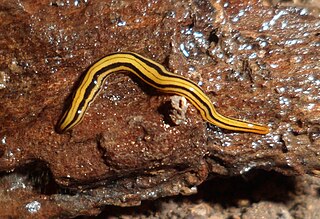
Luteostriata is a genus of land planarians from Brazil characterized by a yellow body with dark longitudinal stripes.

Obama is a genus of land planarians from South America. It contains several species adapted to human-disturbed environments, including the only invasive land planarian native to the Neotropical realm, Obama nungara, which has been accidentally introduced in Europe.

The reproductive system of planarians is broadly similar among different families, although the associated structures can vary in complexity.
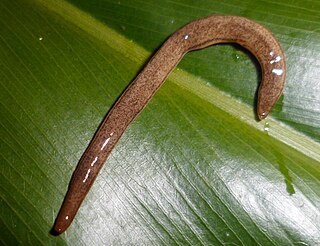
Supramontana is a genus of land planarians from South America.
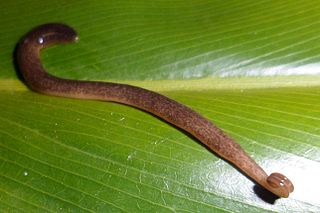
Choeradoplana is a genus of land planarians from South America.

Paraba is a genus of land planarians from South America.

Cratera is a genus of land planarians from South America.
Geoplana is a genus of land planarians from South America.

Pasipha is a genus of land planarians from South America.
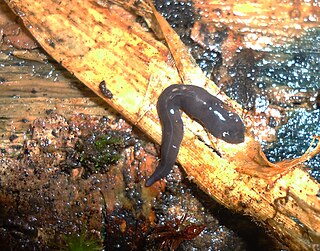
Notogynaphallia is a genus of land planarians from South America.

Xerapoa is a genus of land planarians from Brazil.

Amaga is a genus of land planarians from South America.

Luteostriata abundans is a species of Brazilian land planarian in the subfamily Geoplaninae. It is a common species in human-disturbed areas in Brazil's southernmost state, Rio Grande do Sul.

Obama anthropophila is a species of Brazilian land planarian in the subfamily Geoplaninae. It is a very common land planarian in human-disturbed environments in southern and southeastern Brazil.

Obama nungara is a species of land planarian in the family Geoplanidae. It is native to South America, but has been introduced in Europe.
Gigantea is a genus of land planarians from the Neotropical realm.

Imbira guaiana is a species of Brazilian land planarian in the subfamily Geoplaninae. It is the type species of the genus Imbira.

Luteostriata ernesti is a species of Brazilian land planarian in the subfamily Geoplaninae.
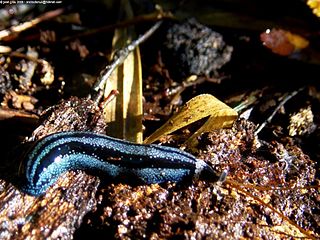
Pseudogeoplana is a genus of land planarians of the subfamily Geoplaninae. It was erected to include species lacking sufficient morphological information to allow them to be classified in the appropriate genus.


















